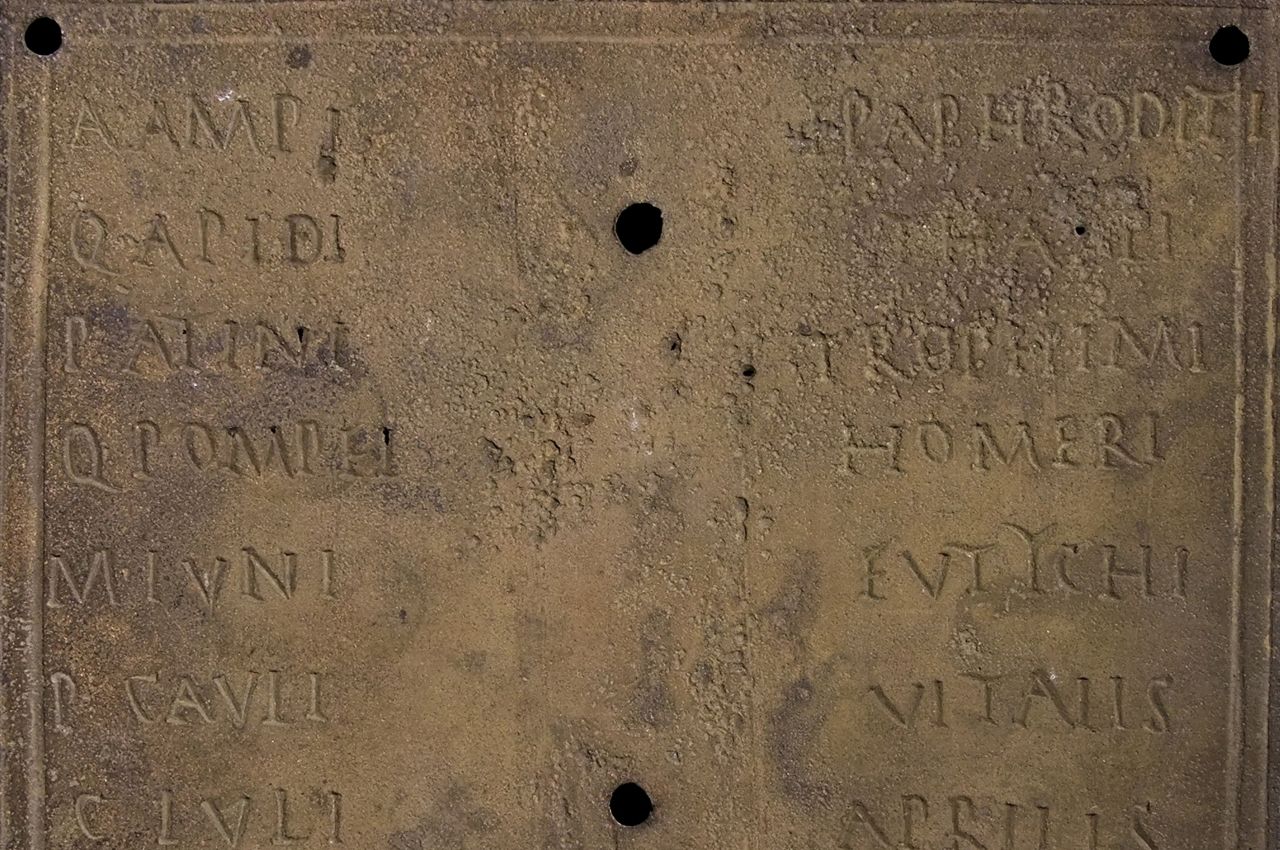Archaeology
For the past decades, the Lesse river nearby the Cave has undergone frequent excavations. It has revealed itself to be a precious source of information, unveiling the mysterious and eventful history of Han-sur-Lesse's underground world.
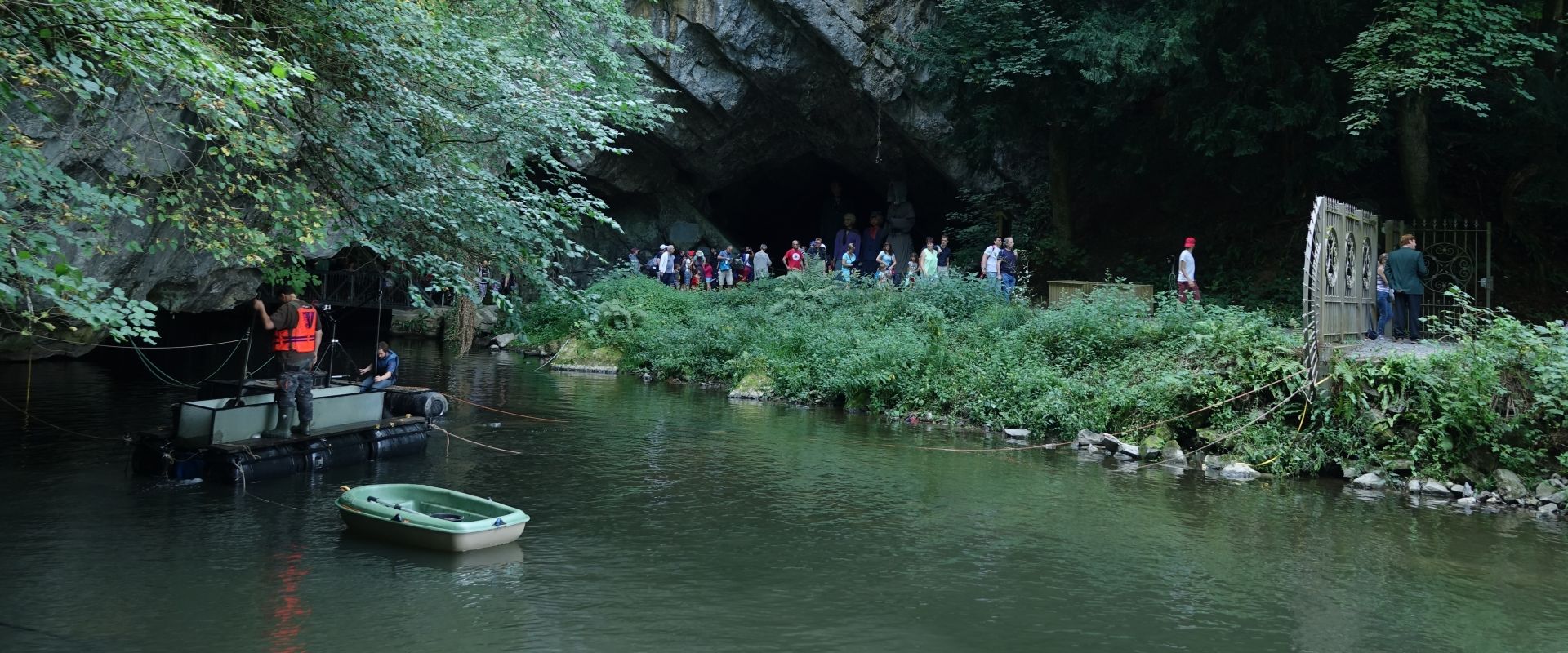
The river, keeper of the traces from our past
In 1902, the first archaeological digs were carried out in the Cave of Han. Edouard de Pierpont discovered traces of human occupation in several locations throughout the cave. The digs yielded remains spanning from the Stone Age through to (and including) the Roman era.
In 1959, Paul Cornet, maintenance technician in the Cave, discovered bones and pottery fragments at the top of a clay embankment bordering the underground Lesse, nearby the Hole of Han. He tells Mark Jasinsky, a diver and spelunker about his find and both men come to the same conclusion: because of river bank erosion, the objects that were located on the river banks must have fallen into the water.
They explore the riverbed and the result is beyond their wildest expectations: they recover artefacts spanning from the Bronze Age through up the modern times.
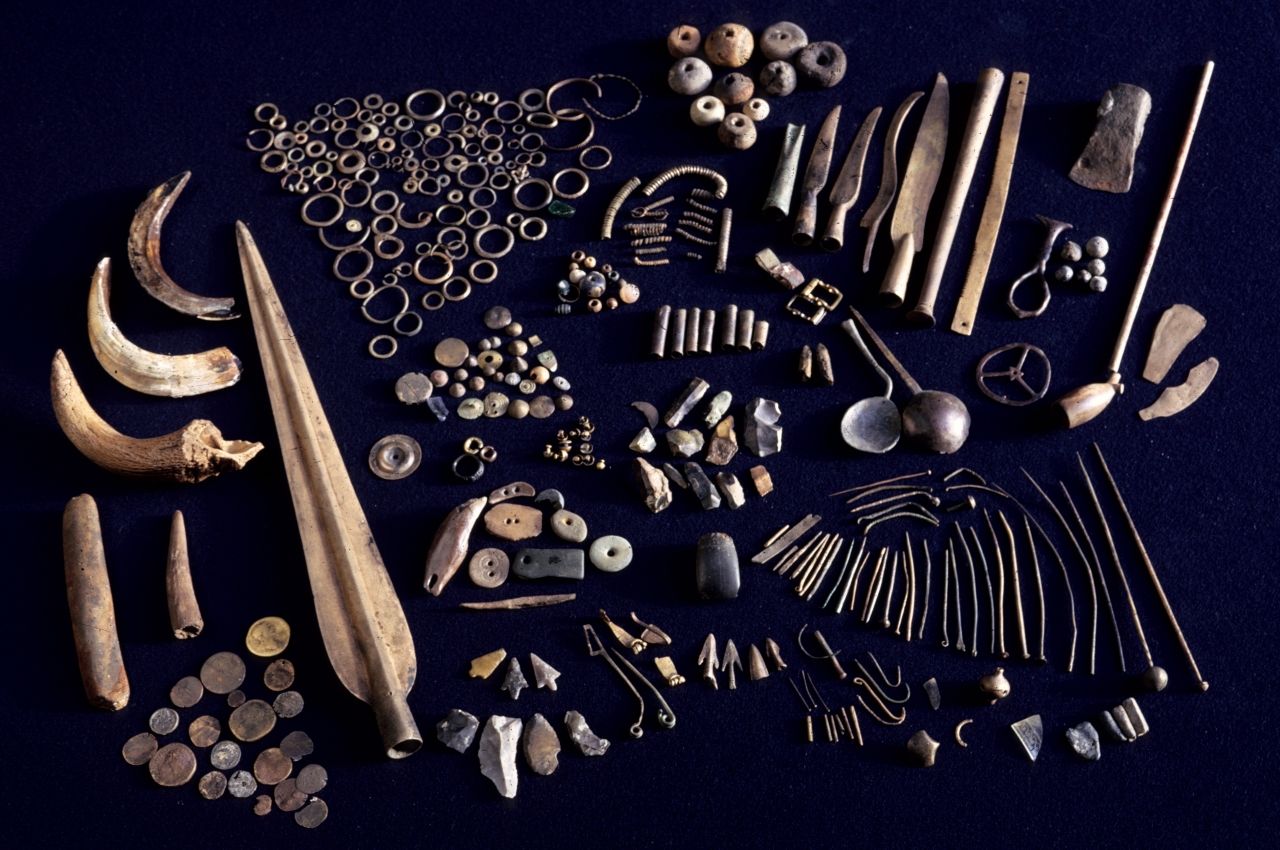
A major archaeological site
The digs on the riverbed start in 1963. Led by Marc Jasinski and then Albert Henin, the divers discover hundreds of artefacts. A few decennia later, the archaeological digs are still ongoing, but are led by the Centre for River Archaeologie (in French, Centre de Recherches Archéologiques Fluviales, often referred to by its acronym C.R.A.F.).
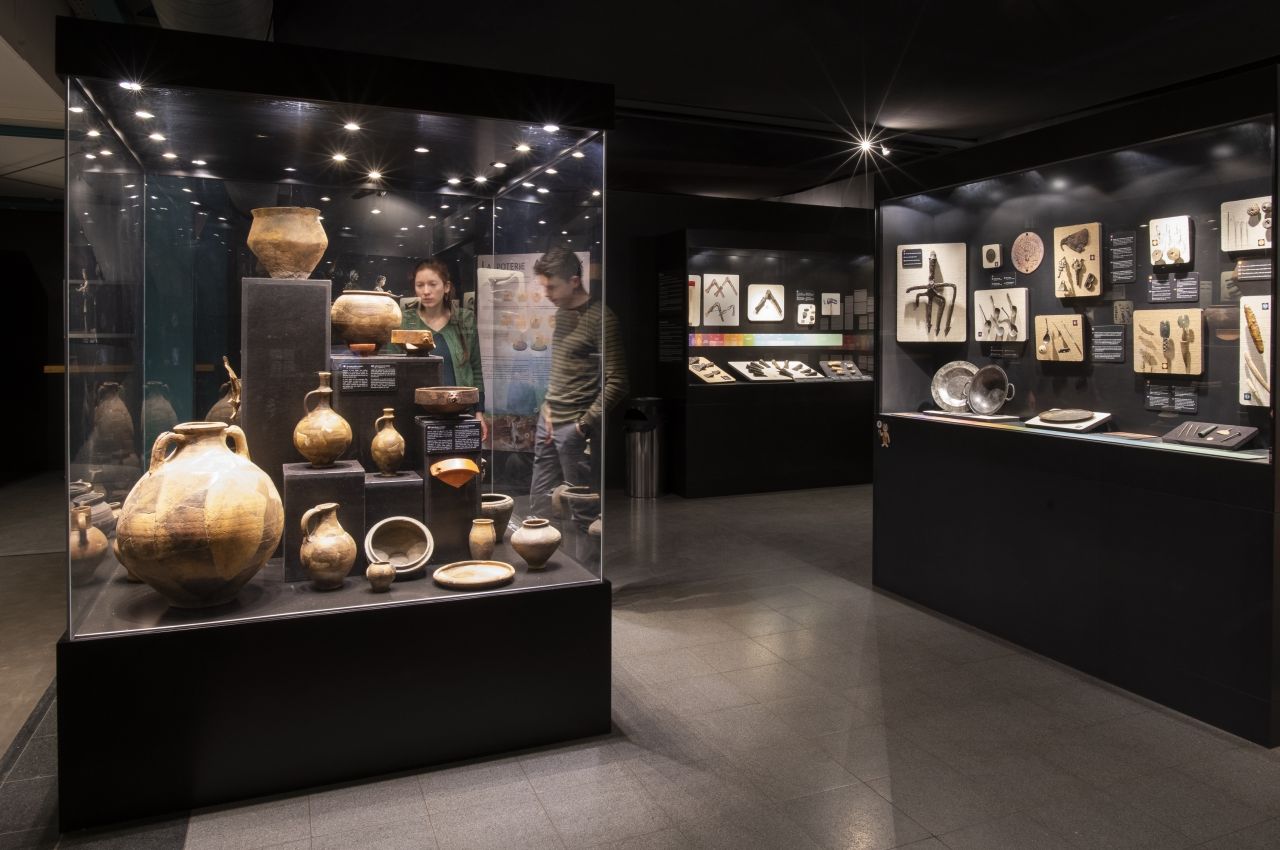
A site that was occupied through the millenia...
From the Mesolithic...
The first traces of human occupation of the Cave dates back to the Mesolithic, approximately 10.500 years ago. Around 2.000 BC the Cave is visited by Late Neolithic tribes. There are many traces of this era: axes and silex tools, tools made out of antlers, animal teeth, pierced pebbles...
The artifacts uncovered in Han essentially date back to the Late Bronze Age, circa 1.100 to 800 BC. The sheer quantity and quality of the archaelogical treasures unearthed there have put it on the map as one of the most important archaeological sites in Western Europe for this particular period: spearheads, swords, axes (one of which has still its wooden handle), over 200 fibulae (clothing pins), knives, razors, bronze tools and even elements of a set of jewels among which a stunning necklace made out of gold discs.
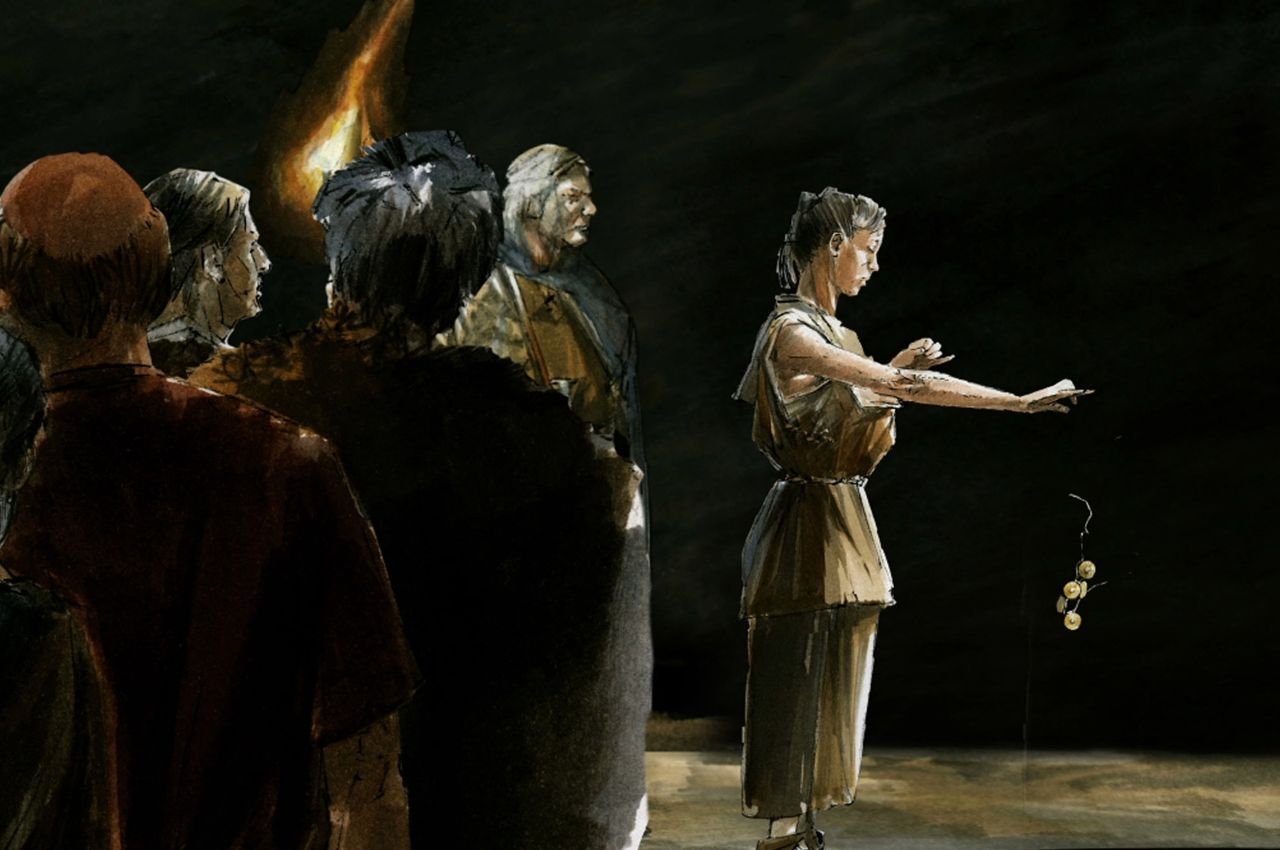
... up to the modern times
The people from the Iron Age and the Roman era have also left behind traces of their brief passage in the Cave. Among the many relics unearthed there is a section of a Roman military diploma, bestowed by the Roman emperor Trajan in the year 108 AD.
Other discoveries have allowed us to gather information about the presence of Mankind in the Cave from the Middle-Ages to the modern times.
The function of the Cave has certainly evolved over the years. A place of refuge, sanctuary, brigands' den... Archaeological studies are ongoing as are archaeological digs... Little by little they will pierce the secrets of the Cave of Han's mysterious and eventful past.
